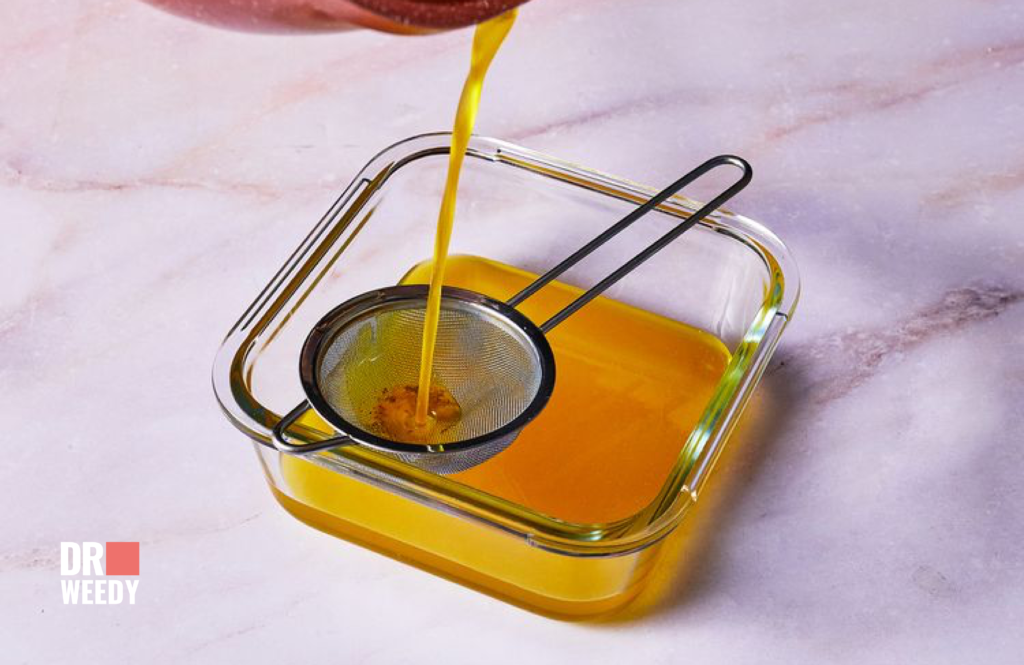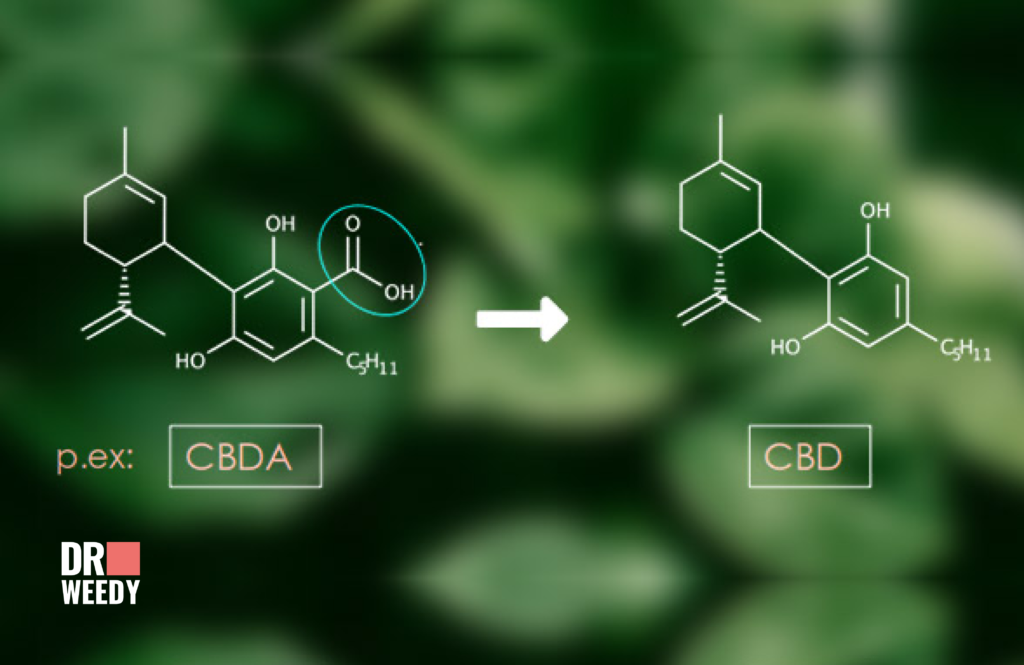The Complete Guide to Crafting Your Own Premium Cannabis Oils at Home

As interest grows around cannabis and its therapeutic properties, cannabis oil has become an increasingly popular way to harness the plant’s potential in a concentrated, versatile form. But with so many types of cannabis oils now available—from CBD oil to THC oil and more—along with confusion around legalities depending on marijuana laws where you live, it can be challenging knowing where to start.
This comprehensive guide aims to clearly walk through everything you need to know to craft your own top-shelf, customized cannabis oils safely at home.
Demystifying Cannabis Oils: The Spectrum of Types and Uses

While often used interchangeably, there are a few key varieties of cannabis oil:
- CBD oil – Derived from hemp or marijuana, contains abundant levels of therapeutic, non-intoxicating cannabinoid CBD, no more than 0.3% of psychoactive THC.
- THC oil – Derived from marijuana, contains significant levels of psychoactive THC beyond 0.3%, only legal in states with medical/adult use cannabis laws.
- Broad spectrum oil – Contains a range of trending minor cannabinoids like CBG, CBN along with CBD, zero to very low THC.
- Full spectrum cannabis oil – Showcases the complete cannabinoid and terpene profile of the plant, including CBD, THC and other plant compounds.
The oil type determines applicable laws and medical value. Hemp-derived CBD oils are available nationwide, while cannabis oils higher in THC can only be purchased from licensed dispensaries in states with recreational or medical marijuana laws.
In terms of uses, cannabis oils deliver flexibility:
- Sublingual dosing for more immediate onset of benefits like pain relief or mood enhancement;
- Adding to edibles, topicals, cosmetics and other home-made products;
- Use as the base for vape cartridges (by thinning concentrated extract oils);
- Supplementing skin, hair and intimacy oils for added relaxation and anti-inflammatory effects.
Why Make Your Own Cannabis Oils at Home?

With artisanal, small-batch cannabis oils available for purchase from reputable brands, one might wonder about the motivation to embark on a DIY journey. Reasons range from economic to therapeutic:
- Cost savings: Beyond the initial material investment, the ability to repurpose plant residuals for subsequent oil batches, butter and other infusions translates to prolonged value.
- Total control: Complete authority over oil ingredients means you can cater to personal needs like allergies, preferences.
- Flexibility: Mix and match oil bases, cannabis strains and flavors based on your custom wellness objectives.
- Potency: Carefully monitoring infusing and bottling enables dialing in your perfect, consistent dose.
Choosing Your Ingredients: Strains, Carrier Oils, Terpenes and More

Cannabis Strains
Selecting the optimal cannabis chemovar depends first and foremost on your oil’s intended application. Seek guidance from an experienced dispensary budtender on ideal strains. While less potent, CBD-dominant hemp flower is suitable for more general wellness, delivering non-intoxicating relaxation and relief without worrying about staying functional. For more targeted outcomes, marijuana with abundant CBD and THC can provide an amplified entourage effect from their symbiotic interaction. But higher THC requires careful dosing to avoid undesirable side effects.
Carrier Oils
While aiding the active infusion process, carrier oils also boost the bioavailability of fat-soluble cannabinoids so your body better absorbs their maximum benefits. Lipids encase and transport the compounds so they bypass first-pass liver metabolism for stronger, consistent potency. Saturated fats like coconut, MCT or cocoa butter work best, but olive, avocado or rice bran oils make fine alternatives. Sunflower lecithin, an emulsifier, also helps the oils fully bind.
Additionally, pure, food-grade terpenes – cannabis’ aroma molecules – can be mixed into oils. Adding pinene, limonene or linalool terpenes not only preserves strain-authentic flavors, but as bioactive compounds themselves, terpenes provide complementary functional support based on your needs, whether mood elevation, stress reduction or anti-inflammatory activity.
Equipment Needed
Assembling the proper gear makes oil production a smooth process. Essential items include:
- Baking sheets, pans
- Cheesecloth, nut milk bag, fine mesh strainer
- Double boiler setup or programmable slow cooker
- Candy or oil thermometer
- Glass bottles for decanting oils
- Pipettes for precise dosing
Activating Key Cannabinoids: The Decarboxylation Process

Heating cannabis to roughly 240°F activates decarboxylation, a chemical reaction converting cannabinoid acids like THCA and CBDA from their raw, non-intoxicating forms with irregular pharmacology into bioavailable, neutral THC, CBD and other cannabinoids now able to positively interact with the body’s endocannabinoid system.
To properly decarb plant material:
- Break into small, evenly-sized pieces to maximize surface area
- Spread in a single layer on a lined baking sheet
- Bake at 245°F for 30-40 minutes, stirring occasionally
- Process is finished when material is speckled brownish in color
This initial decarboxylation step kickstarts the pivotal molecular transformations necessary before introducing solvents to properly produce your oil.
Cannabis Oil Infusion Recipe Step-by-Step

With perfectly primed decarbed cannabis, it’s time to combine it with your carrier oil blend. Use these guidelines for amounts:
- Cannabis: 1/4 ounce (7 grams) of decarbed dried flower
- Carrier oil: 1 cup (8 oz, 250 ml) – coconut, olive, avocado, etc.
- Lecithin (optional): 1 tablespoon (8 grams, 0.3 ounces)
- Cannabis: 1/4 ounce (7 grams)
- Carrier oil: 1 cup (8 fluid ounces, 250 ml)
- Lecithin: 1 tablespoon (0.3 ounce, 8 grams)
The lecithin is an emulsifier that helps the oils fully bind.
Slow Cooker Approach
- Add 1/4 oz cannabis and 1 cup carrier oil to a slow cooker. If using, dissolve 1 tablespoon lecithin into the oil first before introducing plant matter.
- Select low setting and gently cook infusion for 4 to 6 hours, stirring occasionally.
- Maintain temperatures around 175°F; absolutely never exceed 245°F.
Stovetop Procedure
- Place 1/4 oz cannabis with 1 cup carrier oil in a saucepan over very low heat. Combine in lecithin if using.
- Partially cover and lightly simmer oil for 60-90 minutes, stirring frequently.
- Closely monitor temperature for an ideal range of 190°F to 210°F.
Water Bath Technique
- Suspend 1/4 cannabis ounce and 1 cup oil along with optional 1 tbsp lecithin in a glass bowl over a saucepan water bath.
- Heat the water to steam, indirectly infusion oil for minimum 6 hours.
- Keep water temperatures around 200°F.
For all methods, infusion times can be tweaked depending on personal preference for potency or oil applications. The key is preventing overheating degradation while allowing adequate steeping for full cannabinoid expression.
Filtration, Bottling, Labeling and Storage Best Practices
Following cooking, it’s vital to separate out residual gritty plant material from your finished oil. Carefully filter the entire mix a single time through cheesecloth or a nut milk bag, taking care not to overhandle the oil. Gently squeeze out the cloth to positively capture every last drop of precious oil. Compost the leftover solids or use them for a further alcohol tincture extraction.
Dispense the refined oil into storage containers, allowing headspace for expansion. Amber glass bottles with dropper tops or pumps are ideal. Be sure to attach labels detailing oil name, key properties like THC content, and production date before refrigerating. Properly stored away from light and oxygen, cannabis oils retain peak quality for around 18 months. Over time, both potency and aroma fade as the oil oxidizes and flavor transforms, telling you the oil has expired.
Precise Dosing Guidance
Due to their concentrated nature, cannabis oils necessitate extra care with initial dosing to avoid inadvertent overconsumption from their robust potency level. Always start very small, 5 mg or less until you have confidence in your response, increasing slowly in 5 mg increments every 2+ hours based on your tolerance and desired effects profile. Tracking consumed amounts closely remains vital for replicable outcomes.
Sublingual absorption under the tongue kicks in quite rapidly at 15 to 30 minutes, whereas oral ingestion leads to longer-lasting effects that also take 60 to 90 minutes to fully manifest. Oils sufficiently diluted into appropriate carrier lipids may additionally be folded into foods or applied topically without psychoactivity.
Become Your Own Artisanal Cannabis Oil Producer
While somewhat intricate, this complete guide equips you with the tools to become proficient at safely crafting your own top-tier, customized cannabis oils at home. Follow these best practices for reservoir-quality control and personalized formulations that unlock the full potential of this versatile, value-added botanical preparation.
























